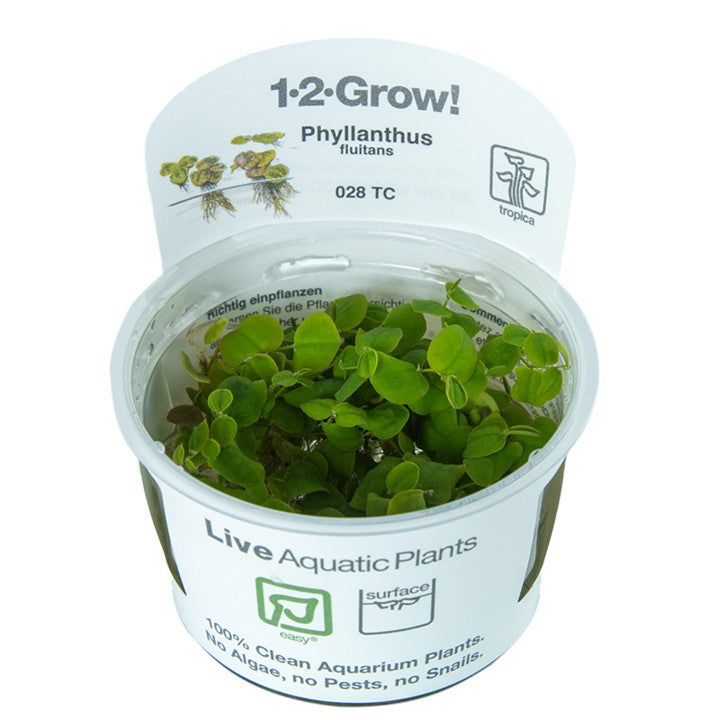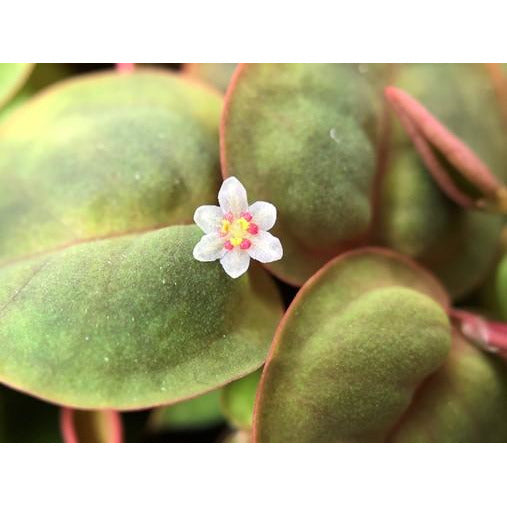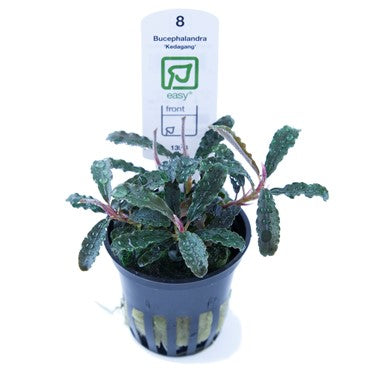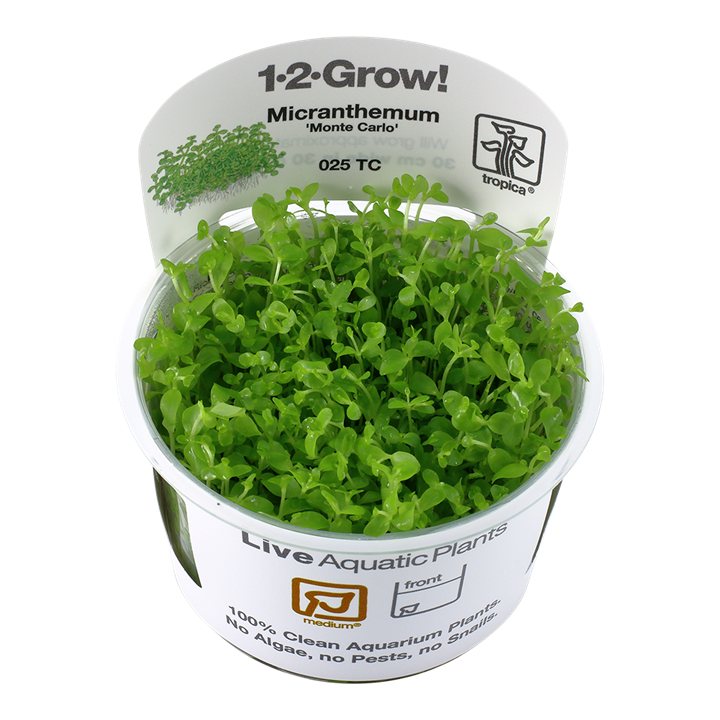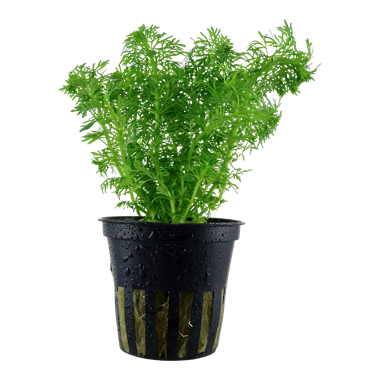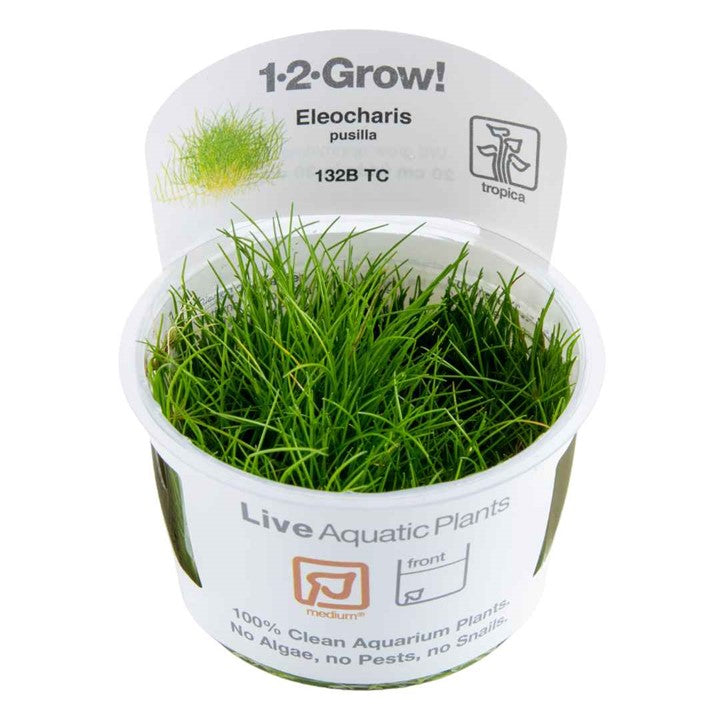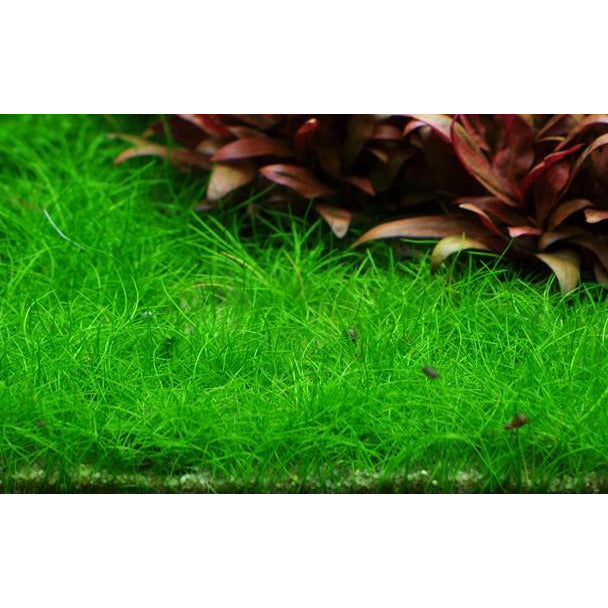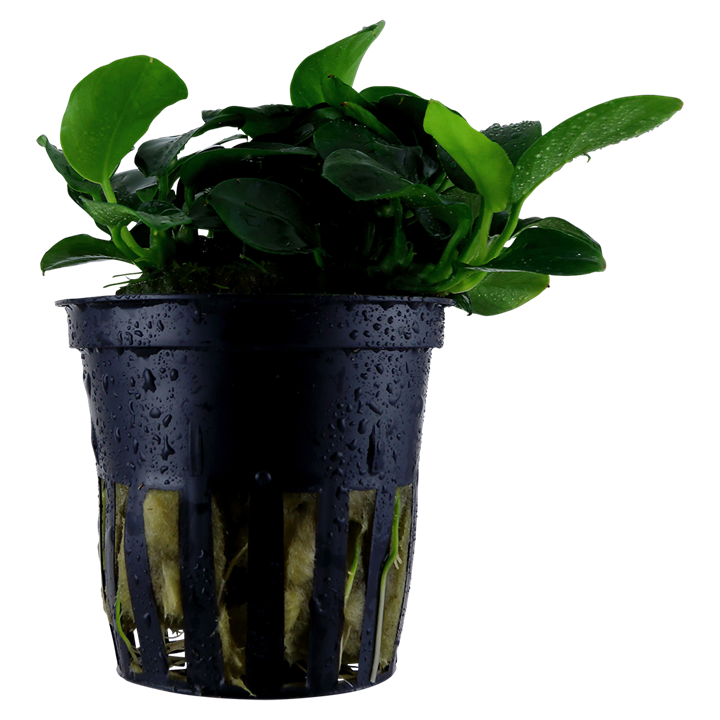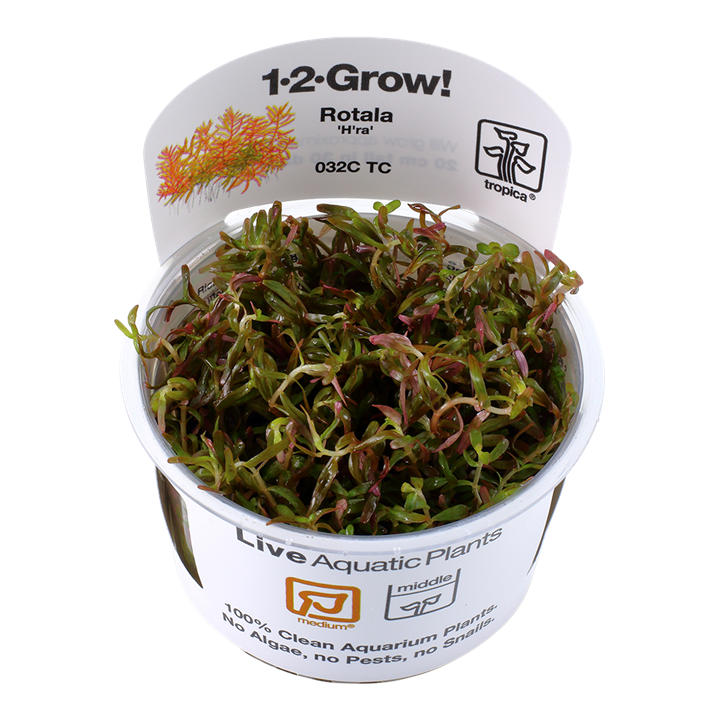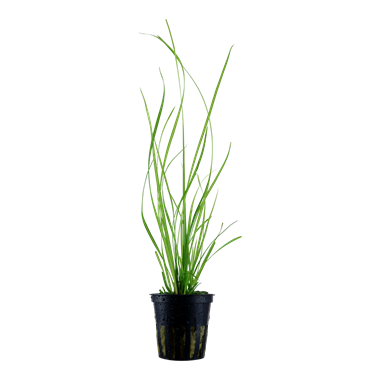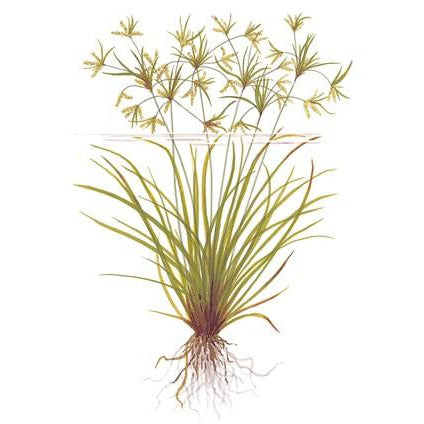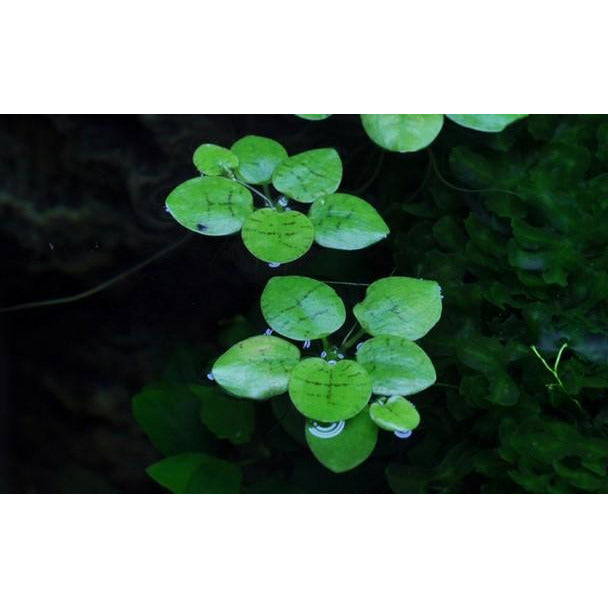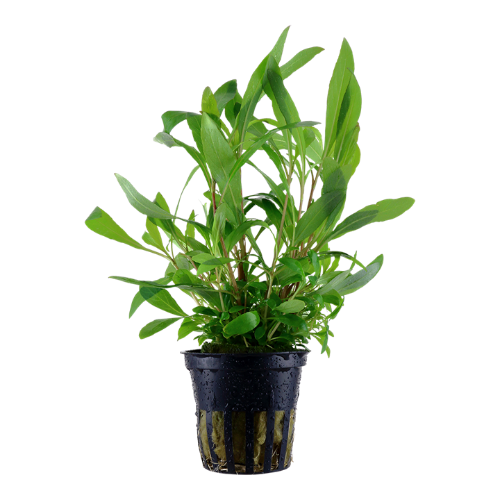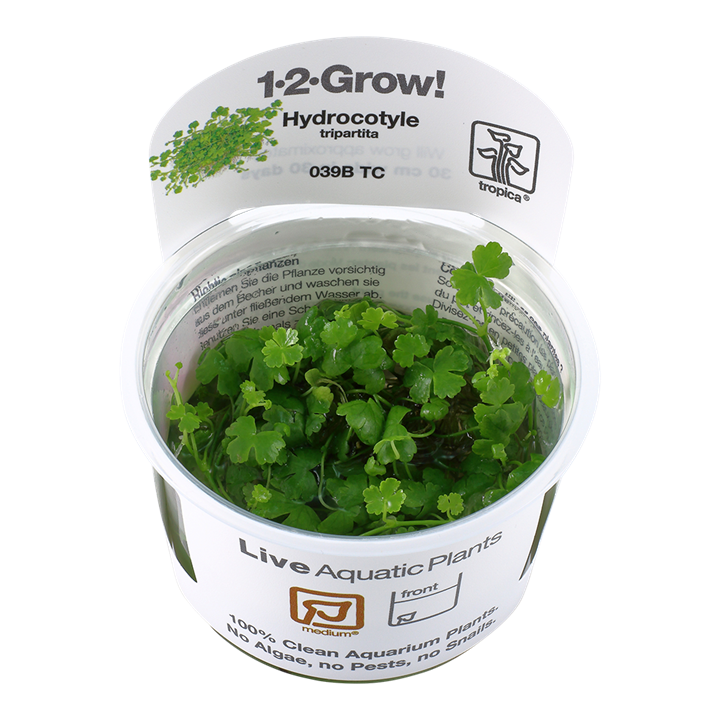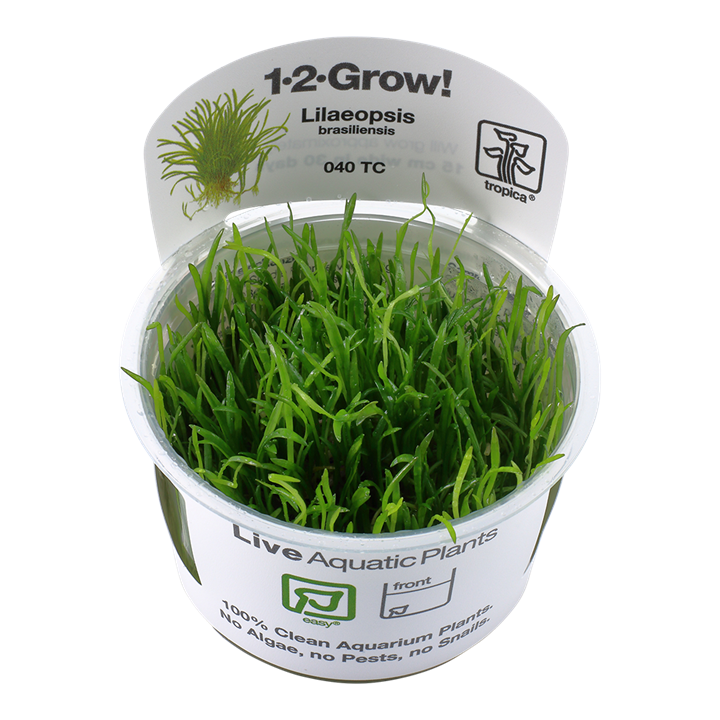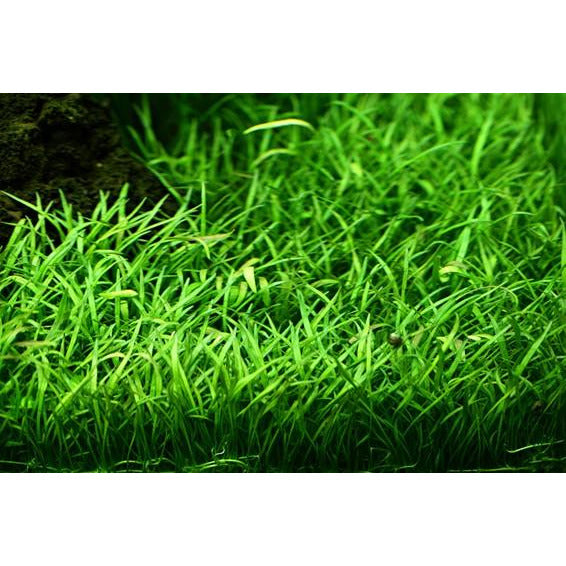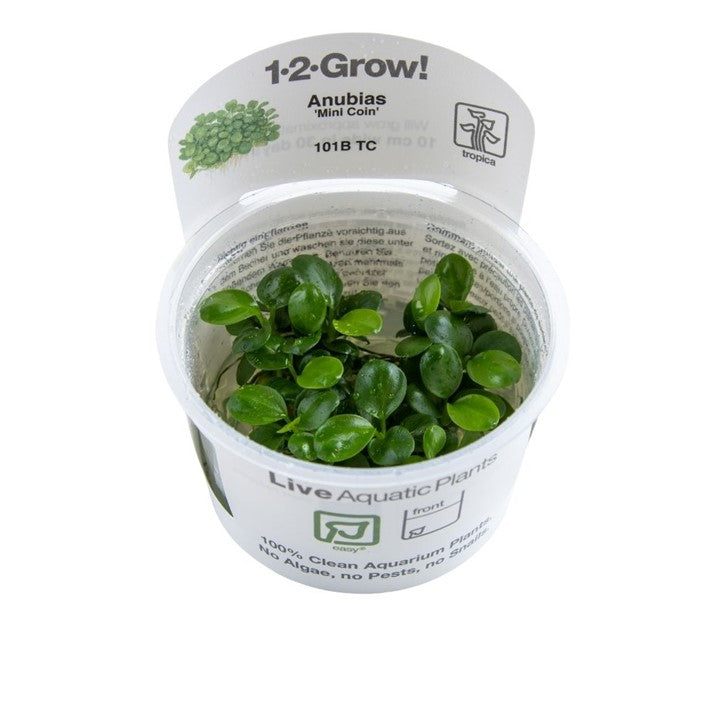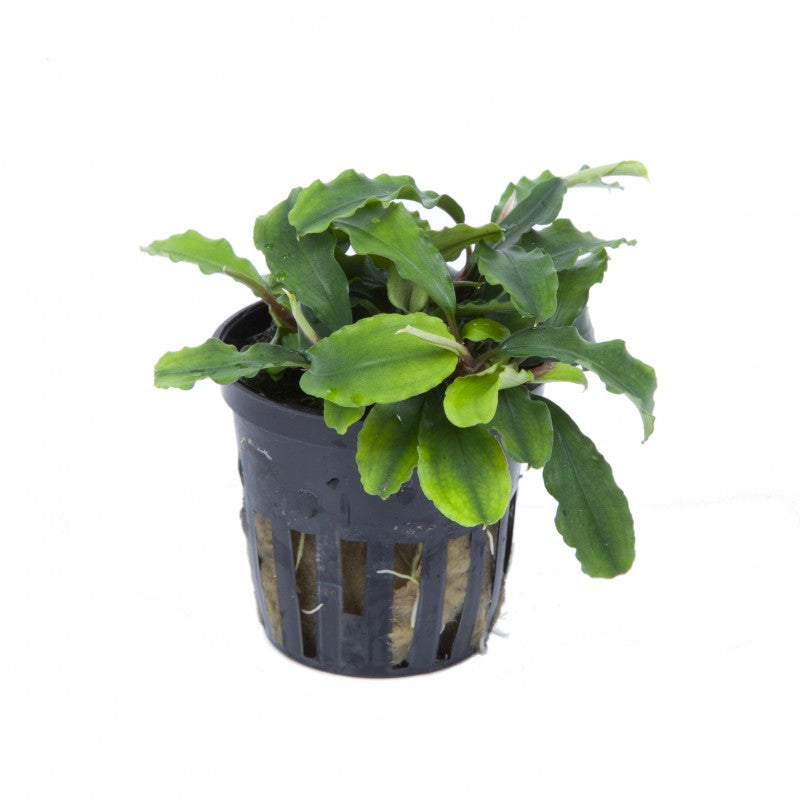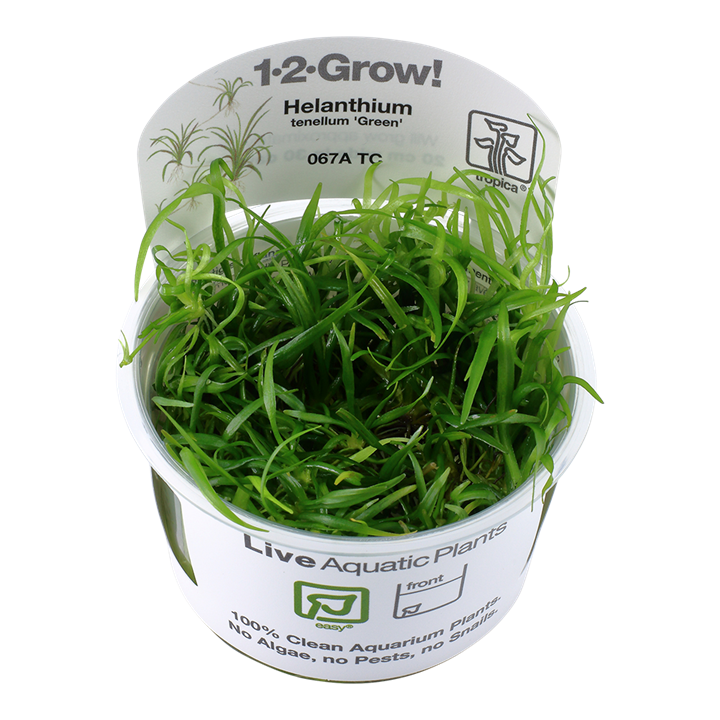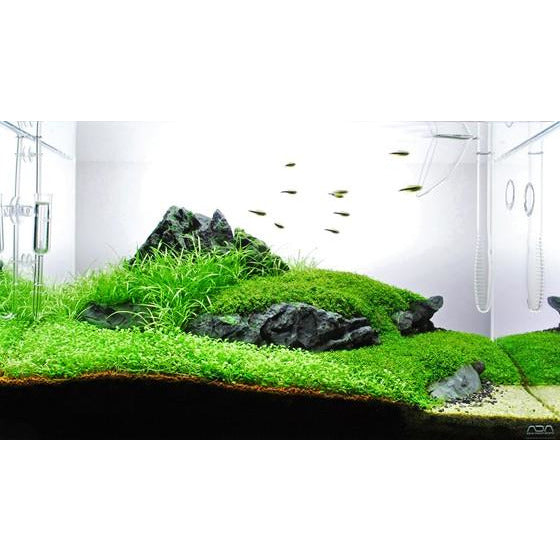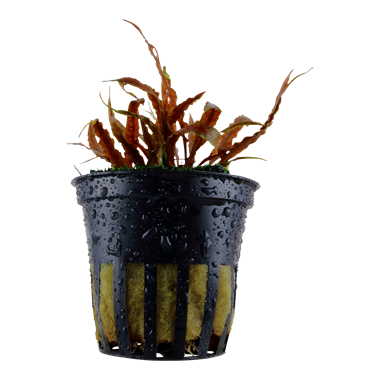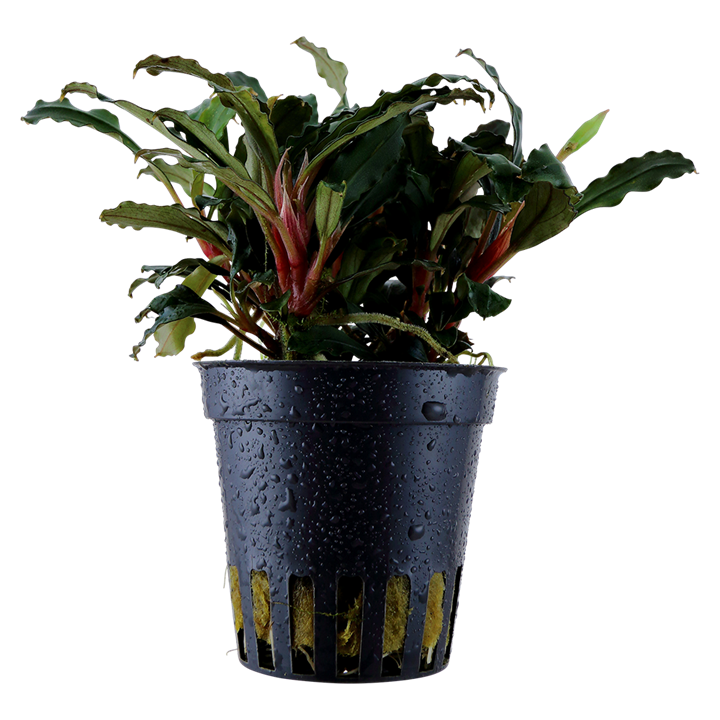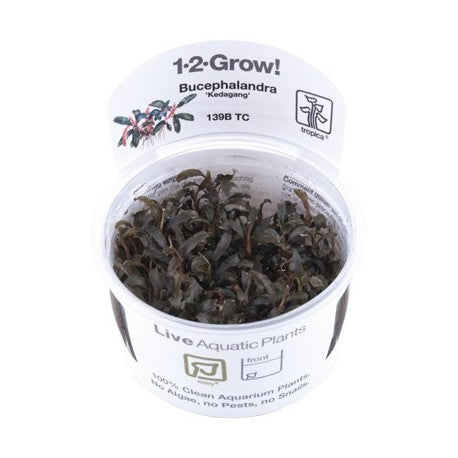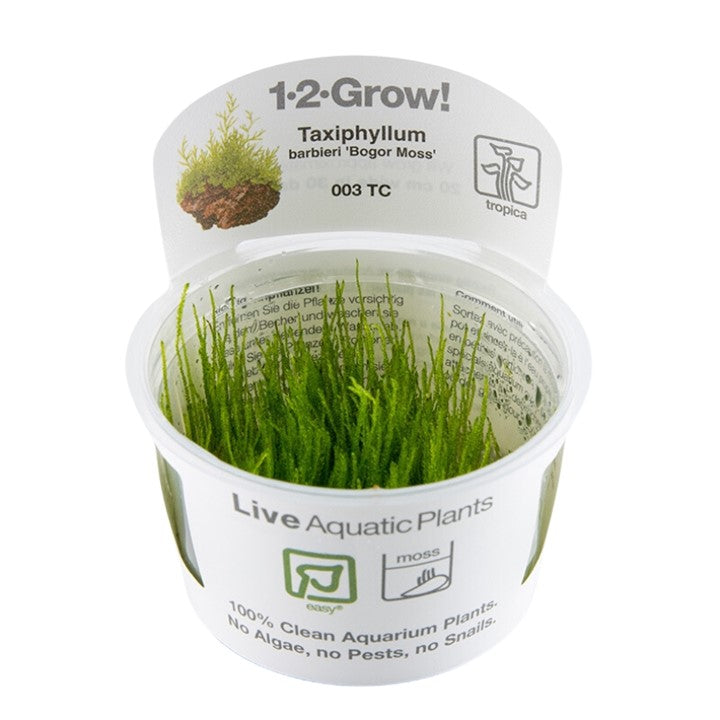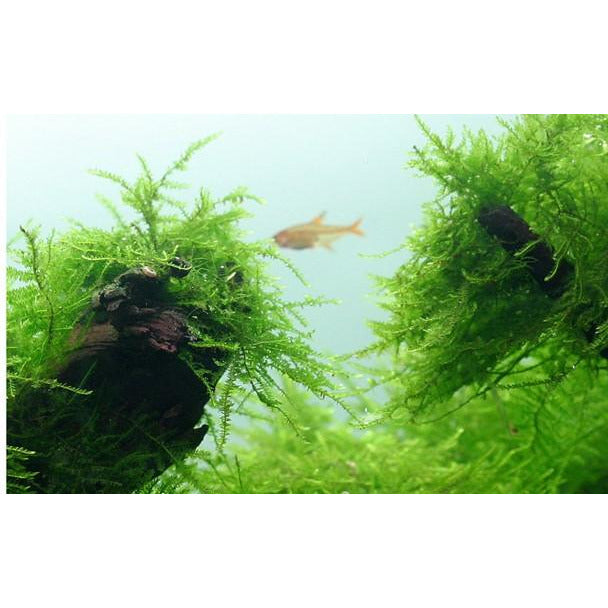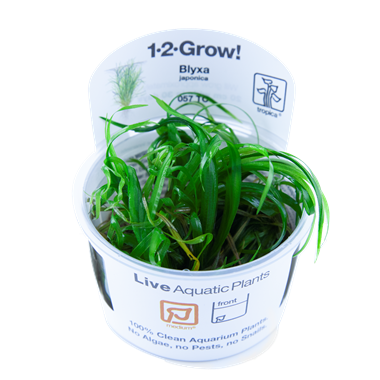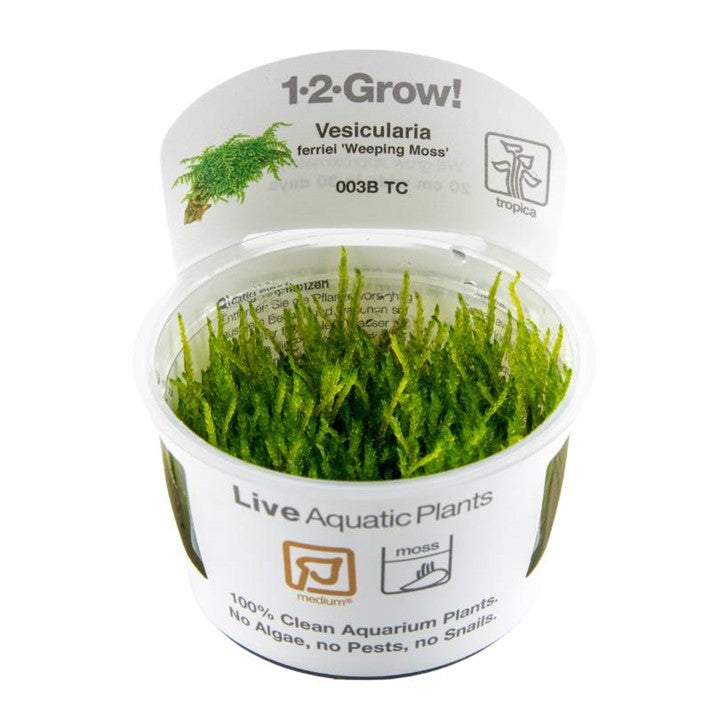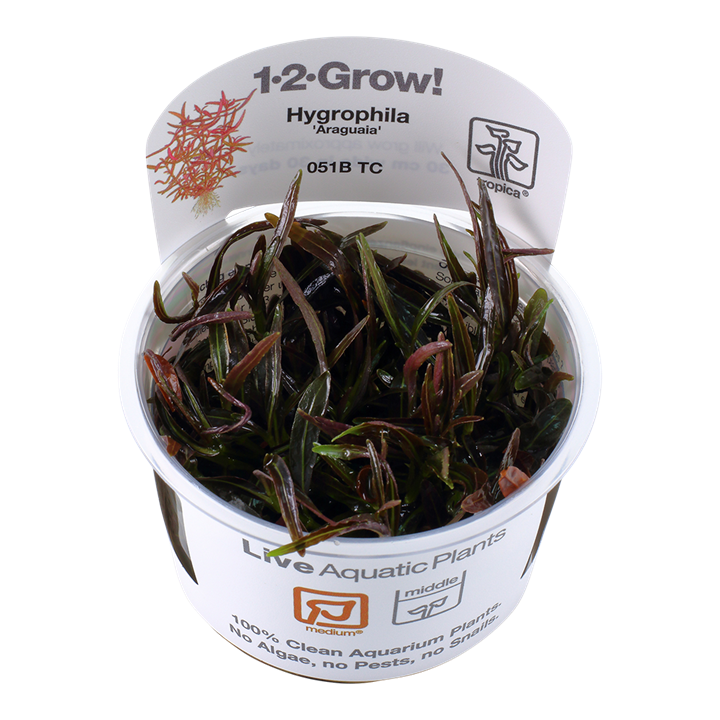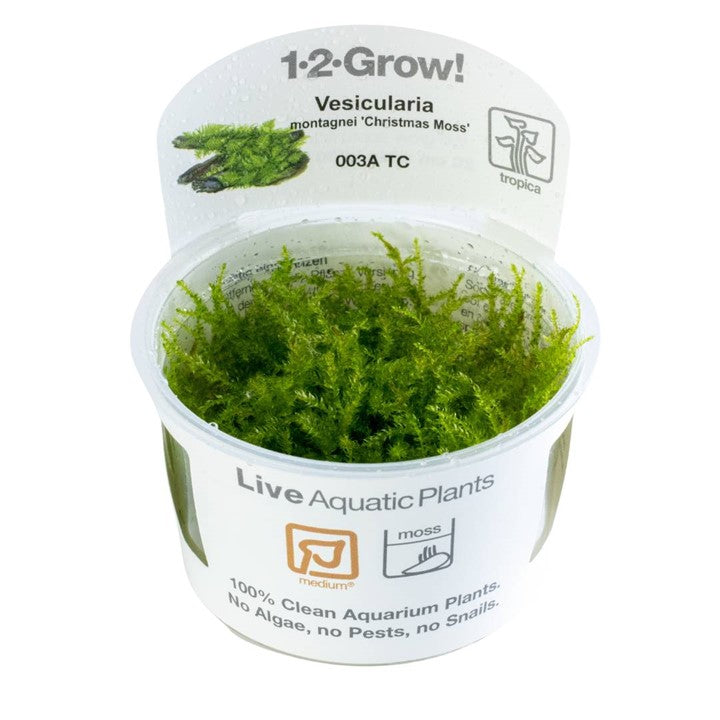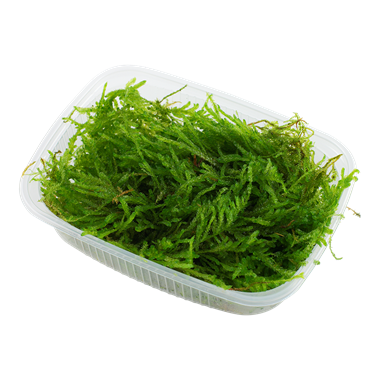
How to Get Vibrant Red Aquarium Plants & How to Care For Them

How to Get Vibrant Red Aquarium Plants & How to Care For Them
Adding red aquarium plants to your aquascape instantly transforms your aquarium into a vibrant underwater world. Their striking colours create contrast against green plants and give your tank a pop of colour. But why exactly, are some aquarium plants red, and what extra care do they need compared to green plants?
In this blog, we'll dive into the science behind their colour, essential care tips, and introduce you to five stunning red aquarium plants for every skill level – from beginner to advanced aquascapers.

Why Are Aquarium Plants Red?
The red coloration in aquarium plants is primarily due to pigments called anthocyanins. These pigments protect plants from intense light and UV rays in their natural habitats, often in shallow streams and rivers. In the aquarium, red plants usually display their best coloration under high light conditions, proper CO₂ supplementation, and balanced nutrient dosing, particularly iron.
It’s important to note that without the right conditions, many red plants may appear dull or revert to greener shades. Providing them with the optimal environment helps unlock their full potential.
How to Care for Red Aquarium Plants
Caring for red aquarium plants involves a bit more attention than green aquarium plants. Here's what you need to focus on:
- Lighting: High-intensity, full-spectrum lighting is essential for bringing out the best in red aquarium plants. These plants require strong, consistent light to trigger the production of anthocyanins, the pigments responsible for their red coloration. Light in the red and blue spectrum is especially important, as it's directly involved in photosynthesis and pigment development. If you're using an app-controlled or programmable light, increasing the red spectrum can enhance the visual impact of your red plants by amplifying how the pigments reflect light—making them appear deeper, richer, and more vibrant. However, it’s important to note that red light alone won't boost pigmentation unless it's paired with high intensity and balanced nutrients. Proper lighting is just one piece of the puzzle—plants also need the right conditions to truly thrive and show their best colours.
- CO₂ Injection: While some easier species can survive without it, most red plants thrive and show deeper coloration with consistent CO₂ supplementation.
- Nutrients: Regular dosing with a complete fertiliser is essential, with particular attention to iron and micronutrients. - See more about nitrate limitation in our FAQ's below.
- Pruning: Frequent trimming encourages bushier growth and helps maintain their vibrant colour.
Above all, it does seem light plays the biggest part in the intensity when it comes to red colouration, but there are some plants that even under lower lighting levels, can still give you nice red hues and a pop of colour in your aquascape, below we have examples of red plants suitable for both low-tech tanks and high-tech tanks.
5 Red Aquarium Plants for All Skill Levels
1. Ludwigia palustris 'Super red ludwigia' – Easy
Ideal for beginners, Ludwigia palustris is one of the most forgiving red plants. It grows quickly under moderate lighting and can show rich red tones even without CO₂, though better coloration appears with CO₂ and stronger light. Regular pruning helps it stay vibrant.
Care Level: Easy
Lighting: Moderate
CO₂: Optional but recommended
2. Alternanthera Reineckii 'Mini' (AR mini) – Medium
This dwarf variety of Alternanthera reineckii is a favourite in aquascaping for creating red highlights in the foreground or midground. It demands good lighting and CO₂ to stay compact and colorful. Without CO₂, it may become leggy and pale.
Care Level: Medium
Lighting: Moderate - High
CO₂: Recommended
3. Rotala Rotundifolia 'Blood Red' – Medium
Rotala rotundifolia 'Blood Red' produces slender, pinkish to deep red stems under strong lighting. It’s relatively fast-growing and perfect for backgrounds. While moderately easy to care for, achieving that deep red colour requires good light, CO₂, and regular nutrient dosing.
Care Level: Medium
Lighting: Moderate - High
CO₂: Recommended
4. Rotala Macrandra – Advanced
Known as one of the most beautiful and challenging red aquarium plants, Rotala macrandra dazzles with its large, vibrant red leaves and delicate structure. However, it is demanding: it requires high lighting, consistent CO₂ injection, and a rich supply of nutrients. In suboptimal conditions, it may melt or lose its intense coloration. Rotala macrandra is a real showpiece for experienced aquascapers who can provide stable, high-tech environments.
Care Level: Advanced
Lighting: Moderate - High
CO₂: Essential
5. Cryptocoryne ‘Flamingo’ – Medium
For those seeking a splash of vivid pinkish-red colour with minimal maintenance, Cryptocoryne ‘Flamingo’ is a standout choice. This slow-growing plant develops stunning, uniquely coloured leaves and can thrive even in lower-tech aquariums. While strong lighting and CO₂ enhance its pink hues, it is hardy enough to do well without them, making it perfect for both beginners and experienced hobbyists looking to add something special to their scape.
Care Level: Easy/Medium
Lighting: Moderate
CO₂: Optional (but enhances coloration)
Frequently Asked Questions About Red Aquarium Plants
Q: What is nitrate limitation and does it make plants redder?
A: When nitrate is limited, plants produce less chlorophyll (the green pigment), and as a result, the underlying red, orange, or purple pigments (like anthocyanins or carotenoids) become more visible. It's a form of nutrient stress, which triggers certain species to shift pigment production as a survival response — often to protect themselves from excess light. However, it’s important to strike a balance—excessive nitrate limitation can stunt growth or cause leaf melt, so this approach is best used in high-tech, well-maintained aquariums with consistent fertilisation and monitoring. Remember, you are limiting nitrates, not eliminating them.
While uptake varies by species, Rotala and Ludwigia generally absorb nutrients primarily through their leaves, whereas Cryptocoryne, Echinodorus, and bulb-type plants like lotus tend to feed more heavily through their roots. If your goal is to enhance red coloration in stem plants, limiting nitrates in the water column can be effective. However, providing some nutrients to the substrate can help plants maintain health and prevent deficiencies, especially in mixed-species tanks.
Q: Why are my red aquarium plants turning green?
A: Red aquarium plants often lose their coloration and turn green if they aren't receiving enough light, CO₂, or nutrients — especially iron. Ensuring strong, full-spectrum lighting and regular fertilization can help maintain their vibrant red hues.
Q: Do all red aquarium plants need CO₂ injection?
A: Not all red plants absolutely require additional CO₂, but most show dramatically better growth and coloration with it. Easy species like Ludwigia palustris and Cryptocoryne ‘Flamingo’ can survive without CO₂, but advanced plants like Rotala macrandra need it to thrive.
Q: What is the easiest red aquarium plant for beginners?
A: Ludwigia palustris is one of the easiest red plants for beginners. It’s hardy, adaptable, and can show beautiful red tones even under moderate lighting without CO₂ injection.
Q: How can I make my red aquarium plants more vibrant?
A: To intensify red coloration, increase light intensity (without causing algae issues), ensure consistent CO₂ levels, and dose iron-rich fertilizers regularly. Stability is key — sudden changes can stress plants and dull their colour.
Q: Can red aquarium plants grow in low-tech setups?
A: Some red plants, like Cryptocoryne ‘Flamingo’ and Ludwigia palustris, can grow in low-tech tanks with moderate success. However, achieving intense reds usually requires better lighting and supplemental CO₂.
Conclusion
Red aquarium plants are a stunning addition to any aquascape, offering bold contrast and depth. Whether you’re just starting out or you’re a seasoned aquascaper, there’s a red plant out there to suit your aquarium. Remember, high light, CO₂, and proper nutrients are the keys to unlocking their most vibrant colors.
At Horizon Aquatics, we stock a wide range of healthy, vibrant red aquarium plants for all skill levels. Browse our collection today and take your aquascape to the next level!
Click to shop Red Aquarium Plants

Planted Aquarium, Red plants, Horizon Gallery




